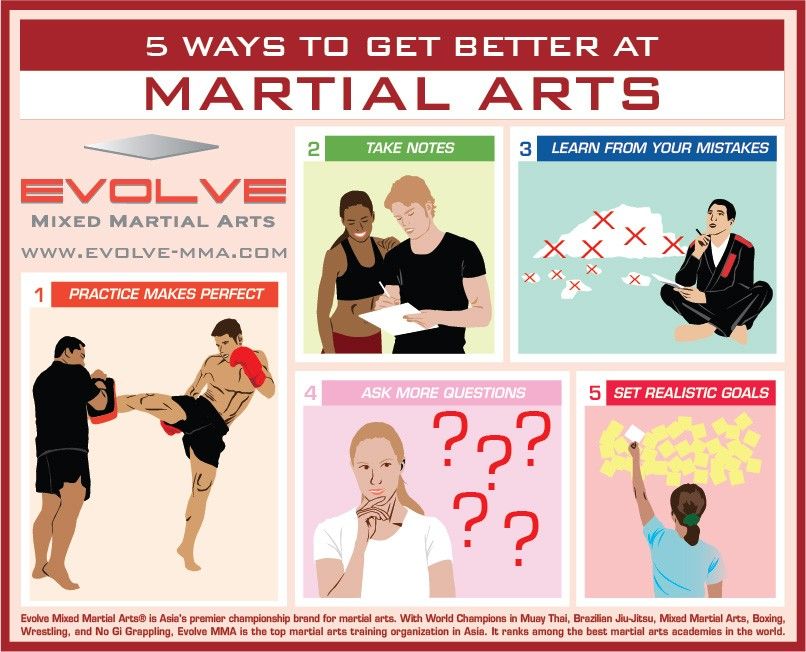The Background And Development Of Martial Arts: From Ancient Origins To Modern Techniques
The Background And Development Of Martial Arts: From Ancient Origins To Modern Techniques
Blog Article
Personnel Writer-Carver Sommer
Step into the world of martial arts, where ancient beginnings and modern-day methods collide in an exhilarating trip of discipline and self-discovery.
As you explore the history and evolution of this captivating art type, prepare to be captivated by the cultural impacts, technical developments, and extensive approach that have actually shaped it over centuries.
From the field of battles of old civilizations to the training premises these days, martial arts have actually stood the test of time, frequently adapting and expanding.
Each strike, each motion, lugs with it the weight of plenty of years of practice and knowledge, gave through generations. This is a tale of durability, of warriors that looked for not just physical prowess, yet also inner strength and harmony.
Join martial arts weapons on this amazing exploration as we uncover the keys, the legends, and the transformational power of martial arts.
Prepare yourself to be inspired, challenged, and permanently transformed by the history and evolution of martial arts.
Cultural Impacts on Martial Arts
As you explore the background and advancement of martial arts, you'll swiftly find the interesting methods which cultural impacts have shaped these combat methods.
From the old civilizations of China and India to the a lot more recent growths in Japan and Brazil, martial arts have been greatly affected by the cultures in which they came from.
For example, Chinese martial arts, such as Kung Fu and Tai Chi, are deeply rooted in the viewpoint of Taoism and the idea of Yin and Yang.
In contrast, Japanese martial arts, like Martial arts and Judo, reflect the samurai warrior practices and the worths of self-control and honor.
Likewise, Brazilian fighting style, Capoeira, incorporates elements of African dance and music, reflecting the social heritage of African servants in Brazil.
These social affects not just offer each fighting style its unique qualities however additionally supply a deeper understanding of the historical and social contexts in which they progressed.
Technological Innovations and Martial Arts
With the increase of sophisticated weapons and ingenious training devices, you've had the ability to enhance your abilities and adjust to the ever-changing fight landscape.
Technical developments have transformed the means martial arts are exercised and shown. Virtual reality simulations now allow you to learn sensible combat scenarios without the risk of physical injury. High-speed video cameras capture every action, enabling you to analyze and best your strategies. Wearable tools check your heart price, breathing, and muscle mass activation, giving immediate feedback on your performance.
Additionally, the growth of specific devices, such as resistance bands and agility ladders, has actually enabled you to boost your speed, stamina, and agility. These technical developments have not just made training much more efficient however have likewise pressed the limits of what is feasible in martial arts, allowing you to get to brand-new heights in your practice.
The Viewpoint and Concepts of Martial Arts
The approach and principles of martial arts are deeply rooted in shaping your frame of mind and instilling self-control, emphasis, and regard in your practice.
1. Attitude: Martial Arts educates you to develop a solid and resistant state of mind. It enables you to conquer challenges both on and off the mat, pushing your limits and being determined in the face of misfortune.
2. Discipline: Martial Arts demands discipline and self-constraint. Via routine training and adherence to strict policies and strategies, you learn to control your impulses and develop a strong work values.
3. Emphasis: Martial Arts calls for intense focus and concentration. By training your mind to be present in the moment, you boost your capability to respond rapidly and successfully throughout battle scenarios.
4. Respect: Martial Arts emphasizes respect for oneself, trainers, educating partners, and opponents. It shows you to value the abilities and experiences of others, fostering a sense of sociability and gamesmanship.
Conclusion
Congratulations on finishing your trip through the fascinating globe of martial arts! Throughout this exploration, you have experienced the rich history and impressive development of these battle methods.
From https://martialartsforspecialneed54208.59bloggers.com/30280416/discover-just-how-martial-arts-can-assist-your-youngsters-boost-their-physical-fitness-and-control-in-a-fun-and-engaging-means-release-their-inner-warrior-today to the modern-day methods we see today, martial arts have been formed by cultural influences.
The combination of technology has likewise played a substantial role in revolutionizing the method martial arts are taught and practiced in the present day.
Nonetheless, it is essential to keep in mind that martial arts are more than simply physical fight. They encompass profound viewpoints and directing concepts that surpass the simple act of battling.
Take a moment to reflect on this anachronistic adventure and value just how the legacy of martial arts remains to thrive in the here and now, transcending time and borders.
